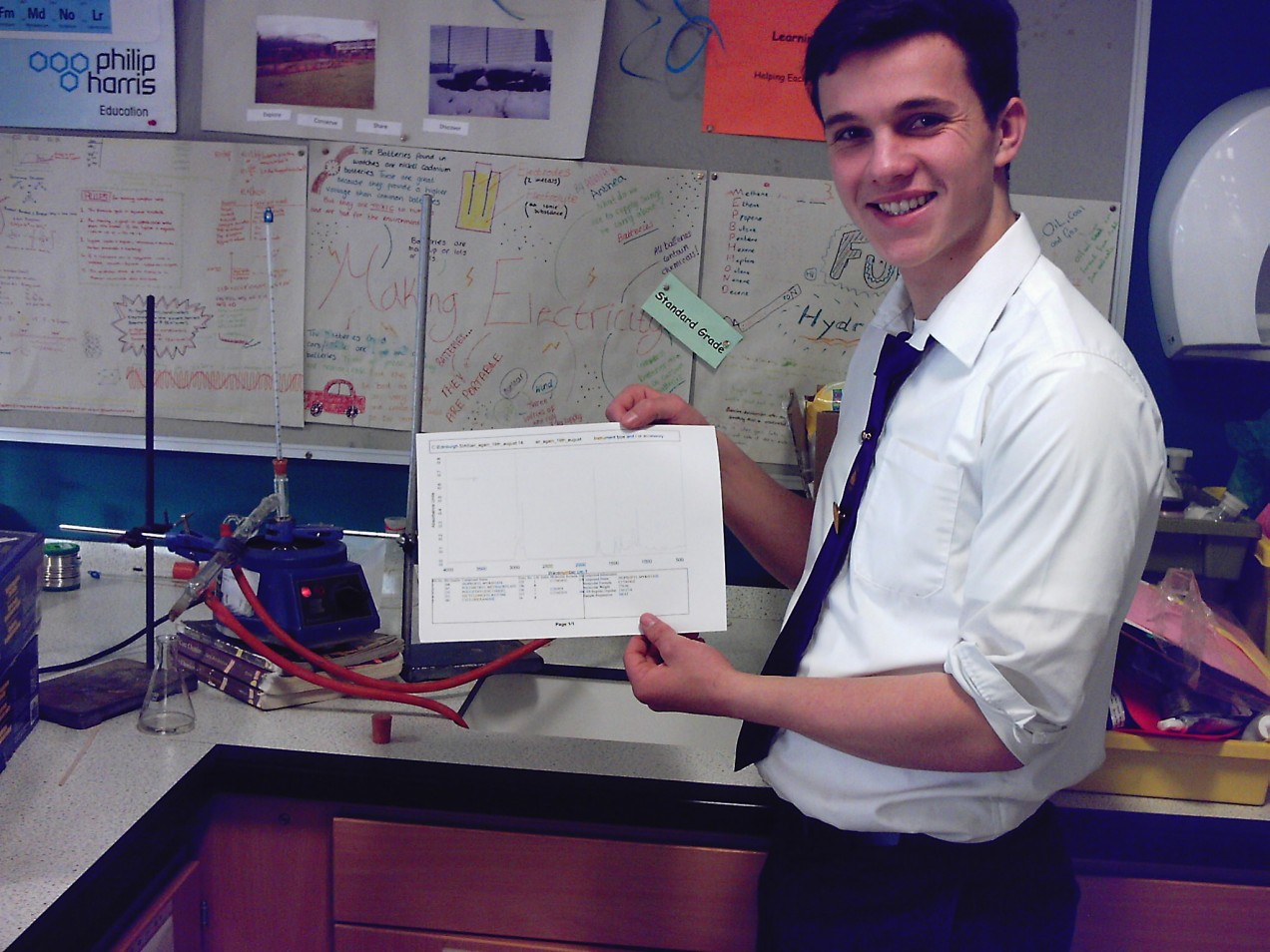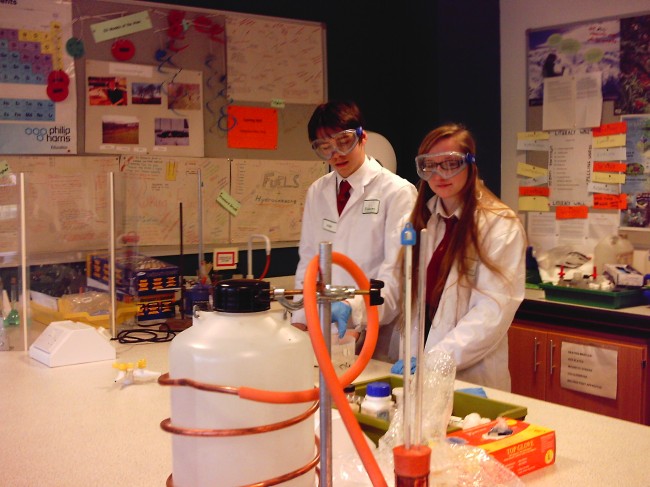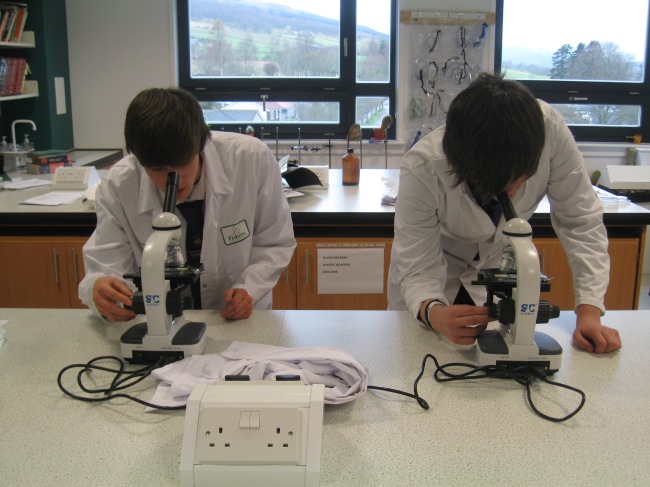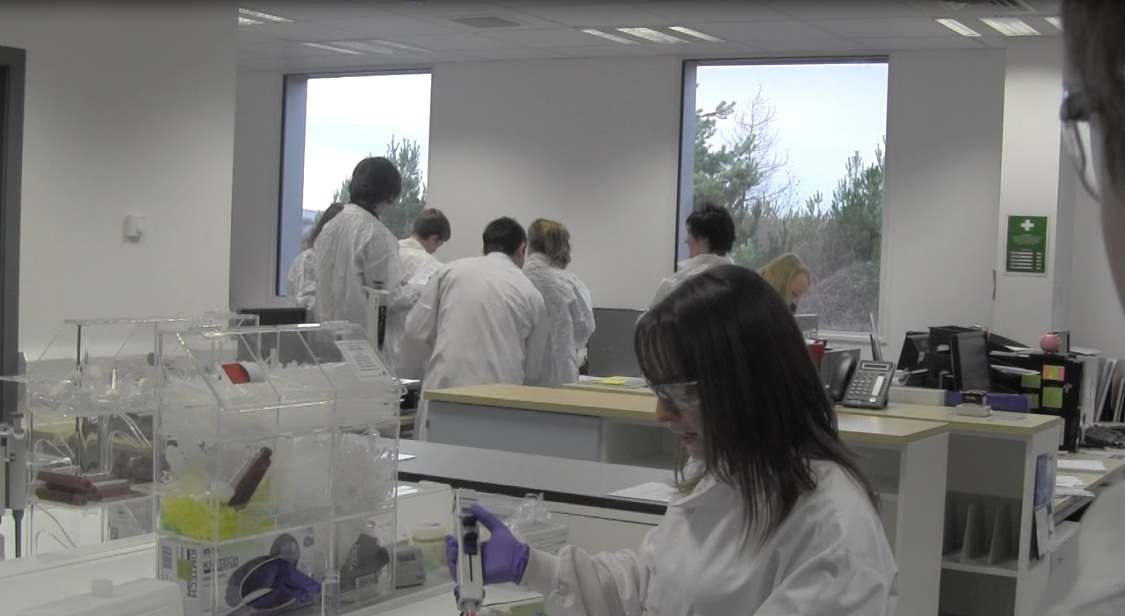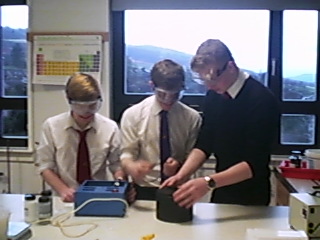Now our project is finished the time has come to evaluate it. We know that we (and the pupils) have really enjoyed it as we have gone along, but we felt that at the end it would be worthwhile doing a more formal evaluation. This has involved focus groups of teachers and pupils from across the school and formal questionnaires to all involved, as well as looking at prelim grades and subject uptake.
All these methods have shown the project to be hugely successful and I think some key points that bring out just how much so are given below:
- 130% increase in pupils studying Advanced Higher Chemistry.
- 80% increase in pupils gaining an A grade in their Higher Prelim.
- 5 out of 6 pupils in the Advanced Higher Chemistry class going on to study degrees requiring chemistry.
- 100% of senior pupils wanted the Rolls-Royce Science prize project to continue.
- All S4, S5 and S6 pupils felt that the project had a positive impact on whether they would study chemistry at higher levels.
- Comments from pupils such as “fun way to get people interested in chemistry,” really diversified what we do,” and “enjoyable and educational.”
- All teachers felt it had been positive for pupils and the school.
- Teachers involved had enjoyed learning along with the pupils.
- Teacher commented on how pupils’ transferable skills had developed.
- 5 other departments running projects based on this teaching philosophy by the end of the year.
I think from these snippets shown above, it is possible to see how successful the project has been – we intend to keep running it in the longer term and should we be successful in the final, then this would open up even more doors for us to work with further partners and expand the project even more!
